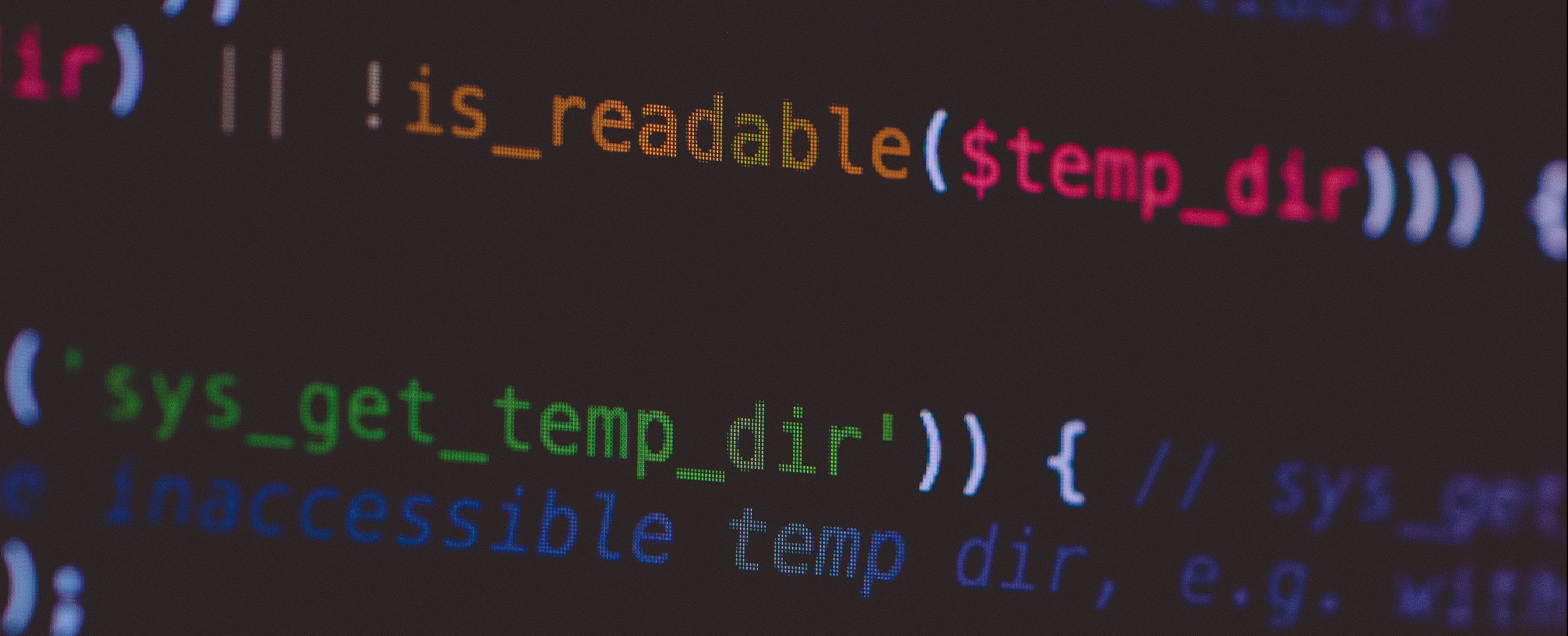Robotic process automation (RPA) is gaining traction in government circles for its potential to shrink tedious, repetitive work. Agencies at all levels are curious about how RPA can free their employees for higher-value tasks.
How much time will RPA save government workforces? It’s a question that remains largely unanswered. Judging by one federal agency’s estimate, however, RPA could reap major benefits for organizations that use it.
“The biggest thing is robotic process automation,” Administrator Emily Murphy said Tuesday of the General Service Administration’s (GSA). “There’s an initiative they’re hoping to launch this year that hopes to save 10,000 hours a week. That gives us the opportunity to think about more high-value work.”
Murphy was speaking at the Imagine Nation Executive Learning Conference (ELC) 2018 in Philadelphia. The annual summit is hosted by the American Council for Technology-Industry Advisory Council (ACT-IAC).
RPA uses software bots to automate simple, rules-based tasks. Humans demonstrate a recurring behavior to the bots, who then repeatedly recreate them as needed. Examples of RPA-capable work include copying and pasting information between systems, financial reconciliation and even purchasing Halloween candy.
Murphy said that RPA should occupy major space in the GSA’s modernization efforts as the technology is so promising.
“This is the most amazing thing,” she said of her first reaction to RPA. “We need to do a better job of adopting this.”
RPA both reduces human error and saves manpower. Human workers can pivot from arduous, repetitive work to more fulfilling ventures. RPA needs fewer breaks, and the people it frees focus on more important efforts.
Critics have argued that RPA fits poorly with changing, unpredictable work and that it may impact workforces involved in the tasks it performs. Advocates counter that RPA is meant for rigid, routine functions and that it augments, rather than displaces, employees.
Murphy said that RPA is one facet of the GSA’s modernization push, which also includes reducing the agency’s data centers and streamlining the acquisition process.
“If you look at what GSA’s enabling now, it’s not goods or services, it’s solutions,” she said. “We got some good early wins. With data center consolidation alone, we’ll close 22 data centers. Our initial goal was 18.”
Murphy noted, however, that the GSA’s modernization efforts would stall without involving her agency’s workforce and changing its culture.
“The first thing we have to focus on is how we recruit the right people, how we retain that workforce, how we skill them and how we thank them,” she said. “Without people, nothing’s possible.”
Murphy added that change management is another important factor in modernization as it helps agencies transition from old to new practices and tools.
“We can’t will change into being,” she said. “It has to be incorporated into the agency. We still strive to deliver value and savings, but it’s how we deliver the mission that’s evolved. We’re a GSA that’s much more agile and responsive to the changing needs of our customers.”





Leave a Reply
You must be logged in to post a comment.